Way back at the beginning of this pandemic, when we thought quarantine was going to last a few weeks or months at most, there was a lot of black humor from freelance artists I know about how they’d been “training for this their whole life” and were the “experts at working with no pants on”. And it was true, I definitely talked to a lot of my freelancers for tips on how to transition to the pajama workforce. As someone who was a commuter to midtown Manhattan for about 20 years at the time, I knew it was going to be a hard transition, so I recruited one of my best friends, and long time veteran of the work-from-home life, author, filmmaker, and podcaster Mallory O’Meara, to give me her best tips for transitioning to working from home, and we recorded it over Crowdcast. You can watch it any time, it has some great tips in it, but it’s a little hard for me to watch, oblivious to the fact that I’d still be working from home almost 2 years later. How much I’ve learned since then! Invest in good chair cushions and a standing desk, for one. Tip your UPS and FedEx person really well too. Honestly tip everyone that brings anything to your house really well!
The first few weeks of quarantine were a blur of work adrenaline, as I figured out how to keep books covered remotely and keep the Orbit Books art department going. The next few months were terrifying, but also had moments of uplift — the virtual Spectrum Awards (which you can also rewatch anytime) was one of the warmest moments I can remember in our fantasy art community. And then the adrenaline wore off and things got really hard. I’m not going to talk politics or world events here, but regardless of who you are, where you live, or what you believe in, it’s been a very rough ride for everyone. And still, artists need to get commissioned, covers need to be designed, books need to make it to the printer. And in those industries that hire freelance artists (media, publishing, advertising, gaming, etc.) we’ve pretty much held on, assuming we were going back to things mostly as they were, for a year and a half. Vaccinations rolled out. Most companies made plans to creep back to offices, maybe with some more flex time, but back to office-centric thinking. I had a return to work date, and I started wondering if “athleisure” was going to be the new “business casual”. It seemed like things were going to start to revert back to mostly normal, for better or worse.
And then suddenly all those plans were put on hold again. Companies have put those return to the office plans on pause, rolled them back to “to be determined” status. And it feels like a real shift has happened, mentally, with that delay. Very many folks I have talked to in my industry and related ones feel like they hit a wall, like they can’t hold the feeling that things are ever going back to anything like what they were before. And while we’re years away from fully understanding how much things have really changed in our industries, and how far reaching the long term effects are going to be, I have a few observations to share, from the POV of a Creative Director working in book publishing, managing a team of Designers, and hiring a lot of Freelance Artists. Some of them you’ve heard before, but they’re so much more important now. Some things are new…
Everyone is More Understanding of Your Crisis, But Everyone is Also in Crisis
I have never bent more deadlines to accommodate more emergencies in 10+ years of Art Directing as I have this year and a half. Authors and Artists both have gotten Covid, have had deaths in the family, have had breakdowns and freezes in work. I have had my own emergencies and hardships that disrupted my life. Yet I have made it through the entire pandemic so far (fingers crossed) without having to kill and/or reassign a single cover. But it wasn’t easy. There were a few books that got down to some very hairy endgames. People both in-house and freelance understand that life is really hard right now, that we’re all dealing with so many more factors out of our control. BUT it’s very important to remember that us Art Directors are also in crisis. Our approval chains are often delayed or completely shot to hell. Paperwork and bureaucracy when you’re not in an office, becomes 10x harder. We’ve also been sick, caring for loved ones, dealing with deaths in the family. We’re doing our best, just like you’re doing your best. If something is going off the rails, send an email, but start with a nice polite professional email. Don’t jump straight to assuming the worst.
Let me tell you, from personal experience, that when someone offers you compassion and flexibility in your crisis, then you don’t return the favor? That’s the end of a working relationship. I have heard so many stories and seen so many horrifying email rants from folks this year my eyelashes are still singed. We need to stop taking our fear and anger out on each other in general, but especially professionally. Flexibility and benefit of the doubt needs to flow both ways.
The More Chaotic the World, the Less Room For Risk
As I have said a few times before on this site, Art Direction is all about Risk Assessment. Can I take a chance on that up and coming artist to do a good job? Can I convince my approvers to think out of the stylistic box and risk attempting something really cool and different that might not sell? When the world is a mess, and your schedules are in tatters, and when you are dealing with your own mental and physical health strains, you have a lot less capacity for risk. You have much less room to take chances.
What does this mean for artists? It means the artists that have already proven themselves to be Good, Nice, and On Time have five times as much work in pandemic, while the folks who have proven themselves to be not so nice to work with, or not so reliable with deadlines are finding much less work coming to them, even if they are considered “better” artists. Quality is always important — but being a good collaborator, a clear communicator, and a reliable deliverer have become even more important. I have maxed out my most reliable artists, and they could ask for anything at this point, I would move mountains to try to get it for them. I have pulled their asses out of the fire, they have saved mine. I so deeply appreciate those relationships. You know who you are!
And while taking on a new artist is always a risk, there have been so many more opportunities to “break through” as the kids are so fond of saying. With a lot of artists overbooked or not able to take as much work due to health, a lot of artists waiting in the wings for their first big commission, or waiting to level up have really stepped up and hit it out of the park. This is when a recommendation from another Artist or another Art Director is worth more than gold. I’ve worked with quite a few artists for the first time in this pandemic, but it was all folks that I had been watching a while and could judge their professionalism, or were directly recommended to me by someone I trust. So how do you telegraph professionalism to people you’ve never worked with before? It’s how together your online presence feels. Have a standalone website. Make sure you link to it in all your social profiles. Have a real email, not a contact form or rely on DMs. Don’t just brush off that About page, really think about it. It should talk about who you are, how you think about your work, what kind of work you’re looking for. It should absolutely have a mention of any special topics you have experience in and want to be hired for and feel comfortable sharing, which can include cultural background, gender or sexual orientation, hobbies, interests, specialties, places you’ve lived, etc. (I need to do a future post on About pages, I don’t think artists realize how often ADs are looking at them.)
Communicate! Communicate! Communicate!
This has always been important, but it’s critical with all the curveballs being thrown into people’s lives and schedules. There is no such thing as over-communication if you are on a job. As soon as you see a red flag, run into trouble, start feeling sick, tell your Art Director so they can work around a potential problem. In some cases there will be room to be flexible, or figure out a workaround. In others, it will be harder, but it’s still better to know sooner so you can deal with the problem together.
And remember, this was true before the pandemic and it’s still true: DO NOT DISAPPEAR IN THE MIDDLE OF A JOB. If there’s a real emergency people will understand, but again, send a very fast SOS email as soon as you can. And remember, ADs talk. There’s a very funny story of an artist who told a number of ADs (at different times) that they went AWOL because they had their appendix out. How many appendixes can one artist have?
Virtual Events are Here to Stay
Yes, virtual events were around before the pandemic, but they weren’t considered main events before. Industries were not dependent on virtual events the way they have been for the last 17 months. And while some events are tentatively going back to in-person (I know a lot of folks on this blog are planning to attend DragonCon and IlluXcon) they will never have the ubiquitousness that they had before. Some of this is very good: There were always a lot of folks who couldn’t travel to the big in-person events and felt they were missing out on networking. Virtual events and virtual networking have not quite gotten as easy as it is in person yet, but they are much more easy to access for a much wider audience. This is not going away anytime soon, as companies have saved so much money during the pandemic not having as many folks travel that I would bet money that when it is safe to return the corporate budgets are going to stay restricted. As of now, none of the big companies I know of have approved corporate travel yet for their employees, so don’t expect to see Art Directors at them for a while. Over the pandemic, people are figuring out how to do many more portfolio reviews online, and if you watch this space you might just see a new platform launch for such a thing when we get the bugs worked out.
You Can Have an Art Career without Doomscrolling
The most common question I’ve seen in the inbox at Dear AD, and heard from both artists and authors is the push/pull of social media. For many folks, being on social media was actively harming their mental health, but they feared that not being on social media enough would mean they didn’t get work. This was happening before pandemic, but things have gotten so much more vicious online while we’ve all been stuck in the house with no place else to vent our fear and anger. If you go back and read many of my posts about Art Business, and all the tips on Dear AD and Drawn + Drafted, the main takeaway is that there’s no ONE WAY to get work. Social Media is a tool, but it’s not the only, or even the best tool. I work with plenty of artists who have a very small, or no social media presence. And not just well-known artists who were established before instagram and twitter. Other tools include networking, events (mostly virtual for now), direct emails, juries & annuals, peer recommendations, and more.
This should probably be it’s own post, but for now let’s sketch it out. Let’s roughly group the kinds of Art Careers you can have into “Staff” “Freelance/Commissioned” and “Direct to Fans”. If you’re looking for Staff positions then you are looking to work at specific types of companies. Your main target is people that hire for open positions. You can ask recruiters for informational interviews, keep an eagle eye on their job postings, and try to find folks that work at that company and reach out to them through email or via events (which are mostly online now and much easier to access). If you are looking to be commissioned by Art Directors then you want to also know what companies match the kind of work you do, apply through the company’s art submission page if they have one, and/or figure out who the Art Directors are there, and email them new work and a portfolio link directly. Quarterly at most, but at least twice a year.
Remember, the key to any art career is: Make great art. Get it seen by the right people. Social media is a side dish, it’s not the main meal in these categories. You’re leaving a lot to chance, hoping the person you want to see this post will actually see it, even if they’re following you. And the algorithms get more frustrating every day. And remember, ADs have also been cutting down their social media time for their own mental health, so it’s becoming even less relevant to the first 2 categories.
The Direct to Fans category is often much more based on accessing fans directly, and that one is tougher to do without social entirely. My main advice is to get a good mailing list program (there’s a ton but a lot of folks like MailChimp) and use your social media to funnel people to the newsletter that you then spend more quality time on. But even if you are forced to use social media that doesn’t mean you can’t minimize its negative effects on you. In fact, all 3 categories can use social in ways that completely avoid the doomscrolling that is really what’s doing damage to our mental health.
AND REMEMBER: MORE IMPORTANT THAN A SOCIAL MEDIA SITE IS TO HAVE A STANDALONE PORTFOLIO WEBSITE YOU CONTROL.
Let me say it louder for the folks in the back: HAVE A STANDALONE WEBSITE YOU CONTROL.
(That should also be it’s own future post, because people keep fighting me on this one. Just trust me, you need a standalone website. You do not need to spend much if any money on it.)
Now, if you’re going to do social media, here’s some tips for making it as low-impact as possible:
1—Schedule your social in chunks with tools like Tweetdeck, Later, Hootsuite, etc. (there’s a ton, and a ton of videos and articles comparing them, do some googling). Set aside a few hours one day a week or even one day a month to stack up a few posts – finished pieces, WIPs, etc.
2—Check out the dates for the major hashtags/events that apply to you – this is more of a twitter thing than an instagram thing, but Art Directors looooove #portfolioday, #mermay, #drawingwhileblack, #womenartists, etc. and there’s a bunch more that pop up a few times a year
3—Cut your follow list down to IRL friends/family (the ones that aren’t toxic, obviously), work peers, and wish list clients/Art Directors. The smaller and more professional your follows are, the smaller your timeline will be, so less doomscrolling potential. Keep some artists you admire and peers you know in there specifically to reshare too, the good ones will return the favor.
4—Keep an eye on your comments and tag notifications so you can interact with folks who are engaging with your posts, but don’t fight with people. If someone is there to be a troll just block and move on.
5—MAKE SURE YOUR CONTACT INFO IS IN YOUR BIO. DO NOT RELY ON DMs. Ideally your standalone website is in your bio, and your email is on that, but at least have your email in your bio if you don’t have a standalone site. But really, make a standalone site. It can be free and super simple. You have no excuse.
Then there’s a bunch of stuff you artists already know. Structure your day with time: alarms, pomodoro technique, etc. Take breaks to stretch. Get a good desk and chair. Set up a small non-social-media community of friends/peers that you can check in with & socialize with. Eat healthy. Go to sleep at a decent time.
And stay safe out there, so you can keep making art.


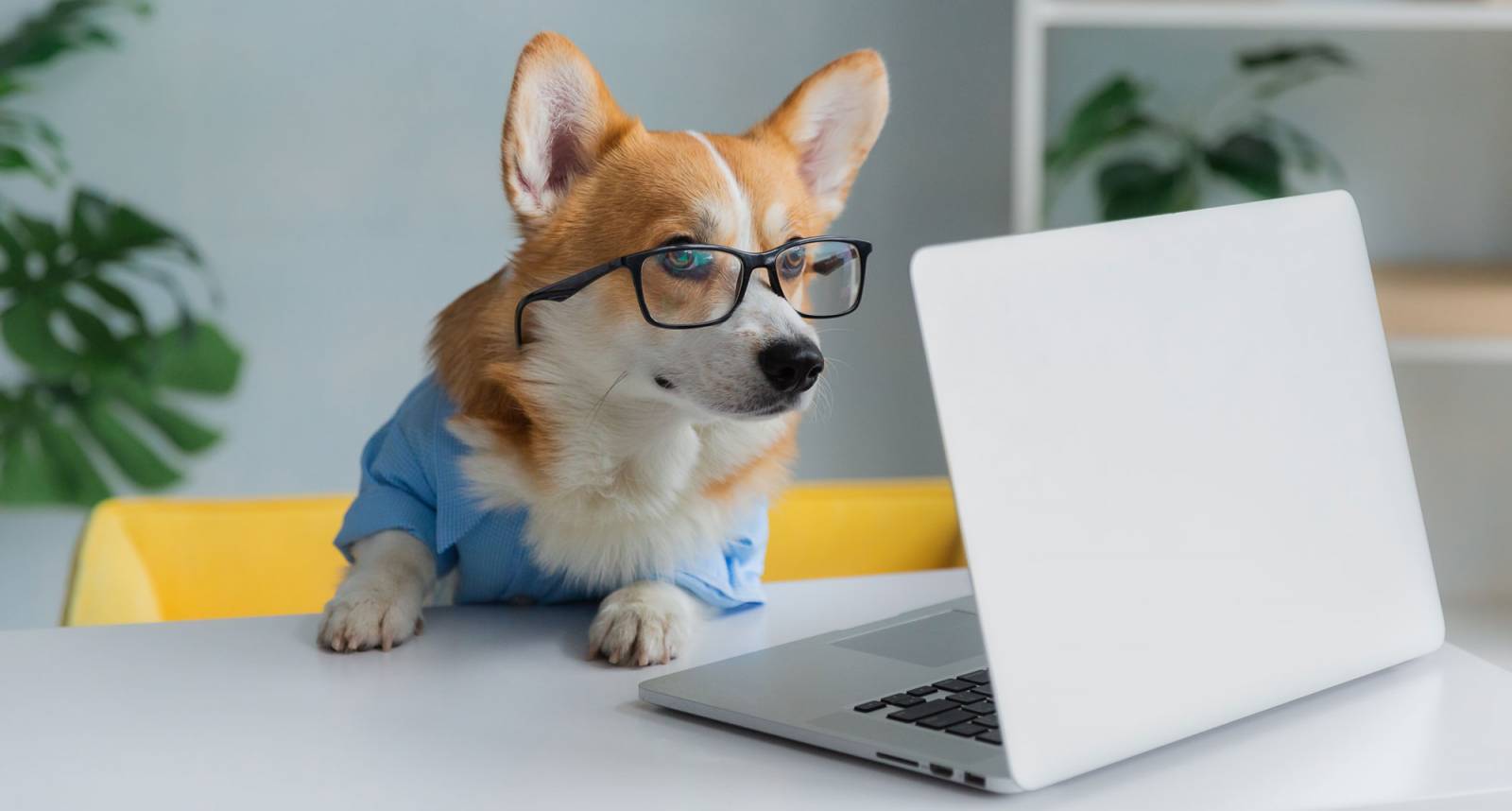

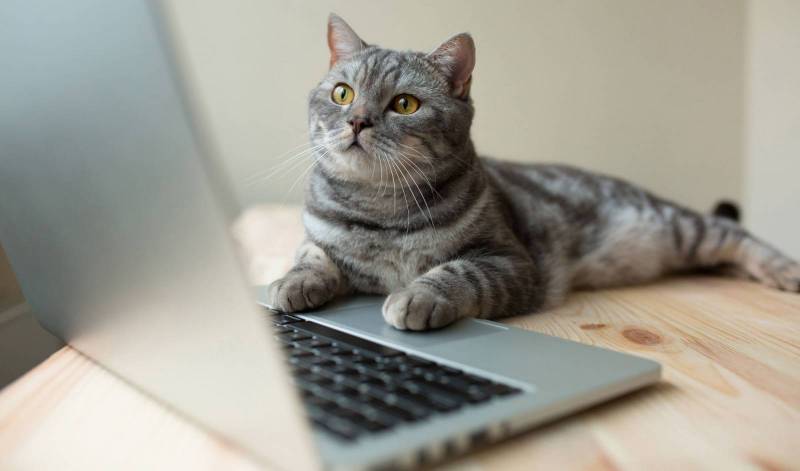
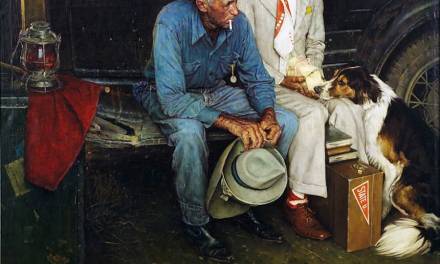
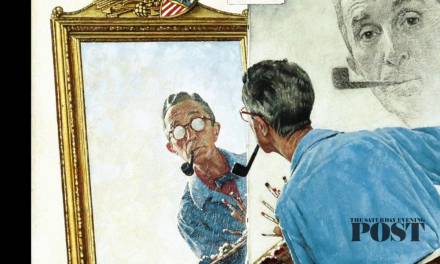
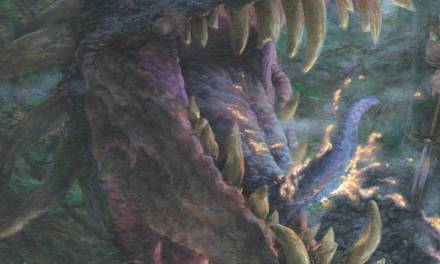


I always enjoy your posts. Excellent advice and perspectives to consider, and one of the great reasons to direct people to Muddy Colors (and D+D).
Oh Thank you for saying so!
Your posts are always some of the most informative and practical on MC. Thank you for writing them.
Thanks Kelley!
Brilliant post, Lauren. I’m glad to see I’m doing “almost” everything right.
” Social media is a side dish…” I’ve been thinking a lot about social media lately. It being a “side dish” makes sense for how I think I’d like to deal with promotion. Thanks for supplying this piece of the puzzle I’m assembling 🙂
Finally got around to reading this post. Great consolidated info, Lauren. Best takeaway for me was “Go to sleep at a decent time.”